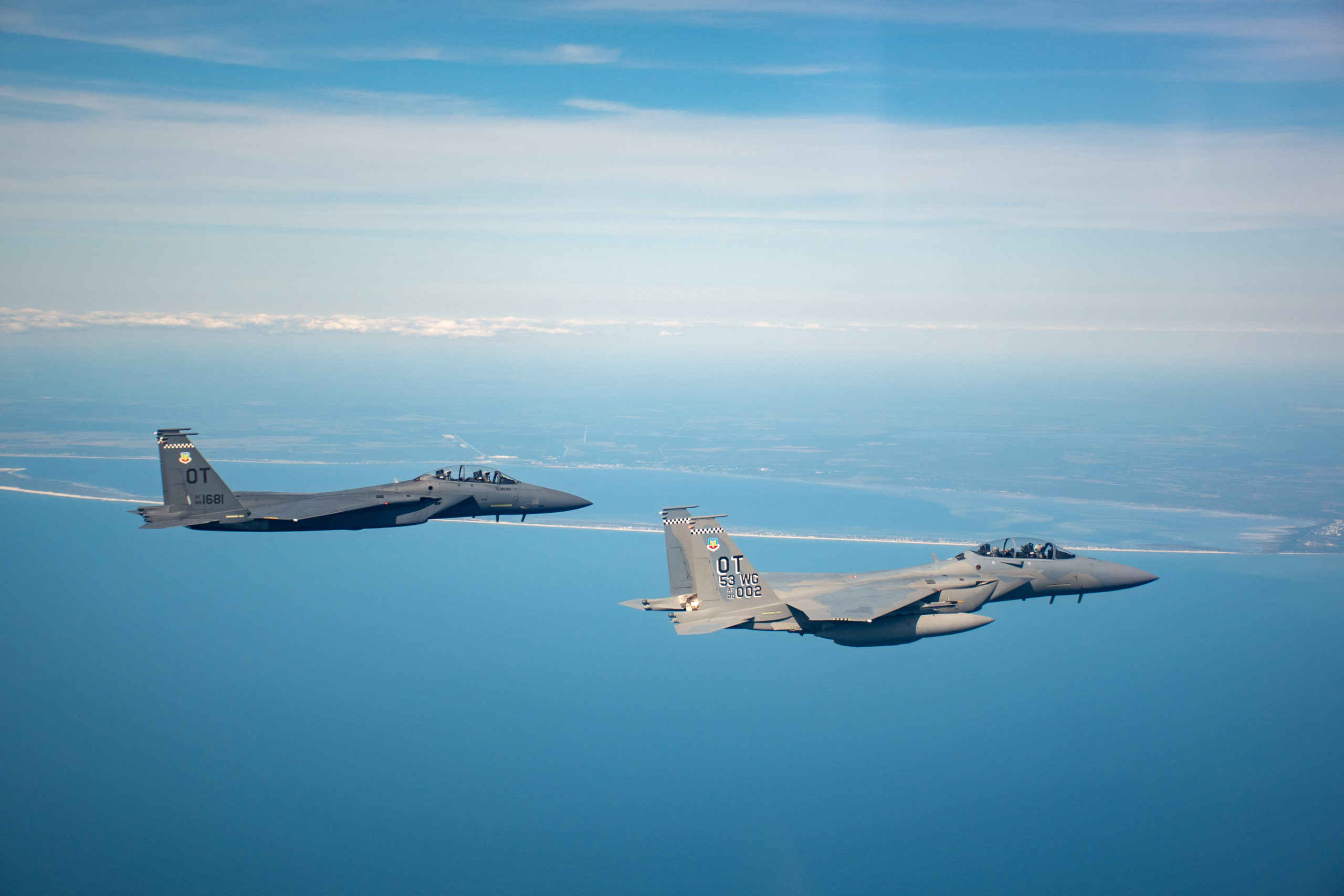I think it's very clear that the engine thrust rating affects the performance of many electornics system on board a modern fighter jet. The very reason behind the decision to re-engine the F-35 is power.Power generation IS NOT related to engine,
Engine power does limit how much power you can generate but a 6000lbf engine is already enough to power 90kVA generator.
3. System cooling requirements already exceed F135 design specifications.
Like electricity, the demand for subsystem cooling is measured in kilowatts. The F135 was designed to handle a 15 kilowatts cooling demand, but that requirement has already doubled to an estimated 30 kilowatts. Cooling air is generated primarily by pulling bleed air from the engine and running it through heat exchangers. The F135 meets the 30 kilowatts demand by pulling more bleed air from the engine, which further reduces thrust. By the time Block 4 version of the F-35 is fully fielded in 2028, aircraft sub-systems will need a minimum of 47 kilowatts of cooling, and the amount required to meet follow-on capability demands range as high as 60 kilowatts. The F-35’s power plant will need to generate twice the cooling the F135 engine delivers.
5. The F135 engine will not meet future electrical power requirements.
Like the demands for thrust, range and cooling, the voltage generation specification that was designed into the JSF was wholly sufficient for the subsystems envisioned in 2001. However, the performance and tactical effective range of subsystems like a new APG-85 radar [PDF] and enhanced electronic warfare systems that will come with the F-35 Block 4 will require more electrical power. Add upgrades that are on the horizon like directed energy weapons, and you start hitting voltage stops. The F-35 Joint Program Office has already identified this challenge and signaled the need for an engine that can produce more kilowatts of power.

9 reasons why the F-35 needs a new engine - Breaking Defense
As the military decides between upgrading what it’s got and starting fresh, the Heritage Foundation’s John “JV” Venable argues the more expensive option now will save in the long run.
And this is from a fighter with 180kN of thrust
The F-15EX has 2x130kN F110 engine, that means more electrical power generation for onboard a very powerful electronics like the APG-82v1 or the EPAWSS and many more.
From the engine alone you know that advanced model F-15 will be able to power more potential than a 40kN powered aircraft like the Kizilelma B, not to mention its flight characteristics, like how fast/high could it go, its energy conservation in a dogfight etc.
Really ? and this is from 2007 (Aviation week). None of the European AESA'ed airplane can do this. The Jamming power of the APG-81 (in which the APG-77v1 are very similar with) has the same amount of jamming power than 3x F-16 combined. To this day Eurocanards still uses external jamming pod like the Arexis, while in the APG-77/77v1 and APG-81 it is embedded in the radar itself.F-22's avionics are now probably worse than new EF's and definitely worse than F-35s, and probably even F-15EX
Also, sentences like "Like AWACS" are pure bs and propaganda, same with Chinese and Russian claims of similar kind
and yes both the F-22 and F-35 operate with the highest rated engine ever put on a fighter jet (f119 and F135).
look more here

How does the F-15C's APG-63(V)3 stack up to the APG-81 and APG-77(V)1? Is it the most capable radar on a fighter aircraft in the world li...
Answer (1 of 2): Thank you for A2A. The APG-63(v)3 (F-15C) and APG-82 (F-15E) are 3rd gen. AESA radars and should be having similar number of T/R modules as APG-77. A direct comparison is difficult since we still don’t have any picture of APG-63v3’s TRMs. The APG-63(v)3 and especially APG-82 ar...






